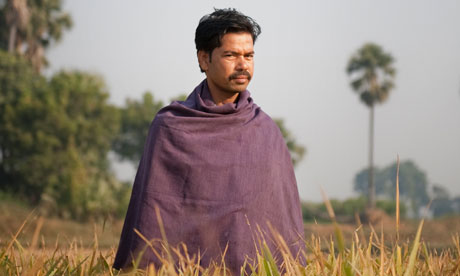What can be said about the overall trend of total or bilateral foreign aid aimed at agriculture?
After analyzing figures 7 and 8 of this report, it is clear that overall, aid distribution has been declining over the years. In this portion of analysis, economic infrastructure and services, transport and services, and communications were evaluated. In general, aid increased from the 1970s until the mid 1980s. Aid then decreased from the 1980s until 2006, and increased slightly in 2008. However, the major declines outweigh the minor increases.
What can you say about the (changing) composition of agricultural aide from the early to late 2000s?
The composition of agricultural aid has indeed changed. It is true that agricultural aid has declined over the years, but that is partially due to the shift in priorities of aid divisions. For example, decreases of aid in the share of small scale irrigation and crop production were seen, whereas there was an increase of aid to the prevention of illicit drugs.
Next, we examined an article about agricultural development in India by John Vidal called "India's rice revolution." This article highlights a story of success in India's rice production.
In what three crops did farmers from the village of Darveshpura and neighboring Bihari break yield records?
Sumant Kumar, a native farmer in India, grew 22.4 tonnes of rice on one hectare of land - which is a world record. Another farmer in the village broke a world record for potato production. After Kumar broke the world record for growing rice, a small farmer in the near by village of Bihari broke the world record for wheat. These records have attracted interest throughout India, and also the world. How are these farmers achieving such success? The answer: SRI, or System of Rice Intensification. Other crops such as yams, tomatoes, garlic and sugar cane have had success with this system as well.
What can you say about the (changing) composition of agricultural aide from the early to late 2000s?
The composition of agricultural aid has indeed changed. It is true that agricultural aid has declined over the years, but that is partially due to the shift in priorities of aid divisions. For example, decreases of aid in the share of small scale irrigation and crop production were seen, whereas there was an increase of aid to the prevention of illicit drugs.
Next, we examined an article about agricultural development in India by John Vidal called "India's rice revolution." This article highlights a story of success in India's rice production.
 |
| Sumant Kumar photographed in Darveshpura, Bihar, India. Photograph: Chiara Goia for Observer Food Monthly |
In what three crops did farmers from the village of Darveshpura and neighboring Bihari break yield records?
Sumant Kumar, a native farmer in India, grew 22.4 tonnes of rice on one hectare of land - which is a world record. Another farmer in the village broke a world record for potato production. After Kumar broke the world record for growing rice, a small farmer in the near by village of Bihari broke the world record for wheat. These records have attracted interest throughout India, and also the world. How are these farmers achieving such success? The answer: SRI, or System of Rice Intensification. Other crops such as yams, tomatoes, garlic and sugar cane have had success with this system as well.
What is the SRI System?
Typically, when planting rice, farmers take 3 week old seedlings and plop them into the ground. Unlike the old system, the SRI farmers are able to use half as many plants. They carefully nurture the seedlings and transplant them when they are younger. The rice plants are also spaced farther apart, so that the soil will be drier. Farmers carefully weed around the plants as well, so the roots receive more air. By adopting SRI techniques, farmers use less seeds, less water, and less chemicals and gain much higher yields. Arguably, this strategy would be more labor intensive. But when talking about small farmers, the SRI creates little to no added work.
No comments:
Post a Comment